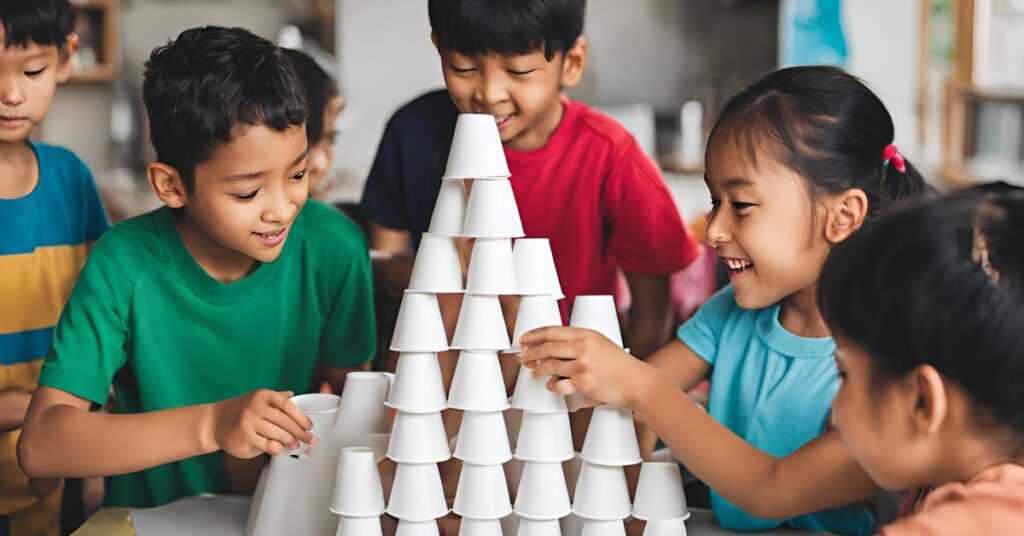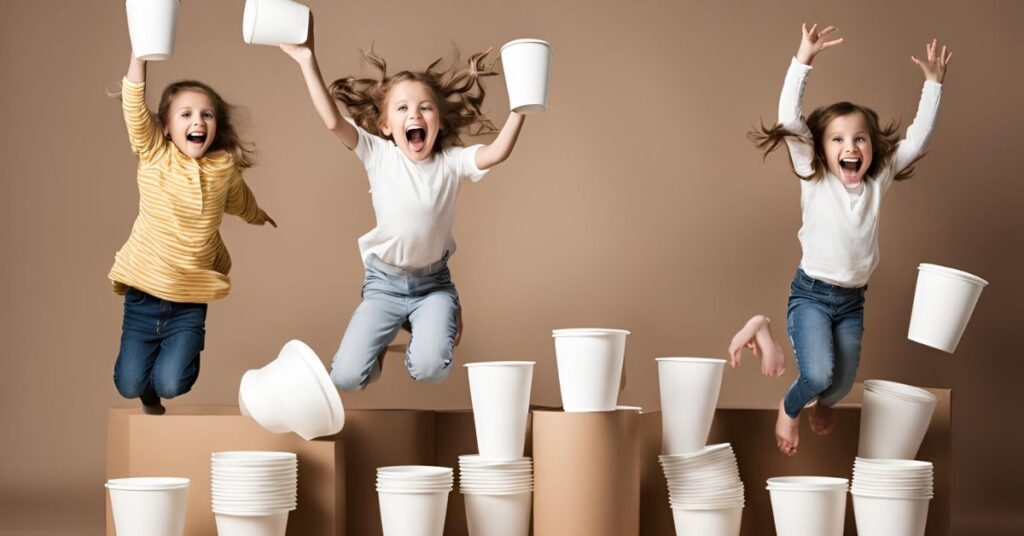Amzad Hussain is a blog writer at Indoorgem.com, sharing insights on various topics. His blog covers indoor sports, games, activities tips, city indoor updates, and reviews, aiming to inform and entertain. If you want to send Amzad a quick message, then visit his contact page here.














